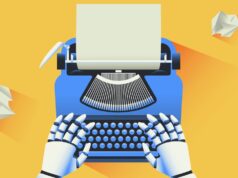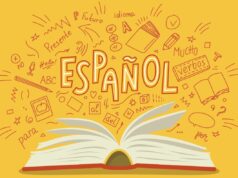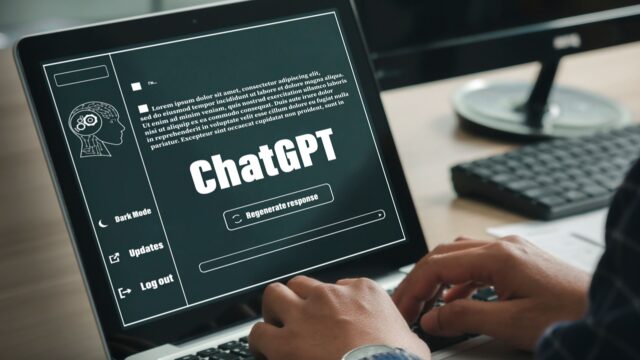
ChatGPT, which went live on November 30, is a component of a more extensive collection of technologies created by the San Francisco-based startup OpenAI, which has a tight partnership with Microsoft. It is a member of a new breed of artificial intelligence (AI) systems. Using the knowledge they have gleaned from a sizable database of digital books, online writings, and other media, they can talk, produce readable text on demand on any topic, such as if you want to know about nyerőgépek and even create original images and videos for more clarity.
Unlike earlier versions like OpenAI’s GPT-3, which was released in 2020, the ChatGPT program is accessible to everyone with an internet connection for free and is meant to be more user-friendly. The interaction between the AI system and the person asking it questions resembles a textual discussion.
Following are the tasks that ChatGPT can perform:
- Responding to inquiries.
- Completing a sentence or a phrase that is given.
- Using prompts to write fiction and nonfiction.
- Creating human-like chatbot responses.
- Making code for computers.
- Converting text between two languages.
- Carrying out calculations
- Presenting a text’s summary.
- Putting text into various categories.
- Evaluating the tone of writing.
- Creating a language that summarises data from spreadsheets and tables.
- Use conversational language while reacting to user input.
Who Developed ChatGPT?
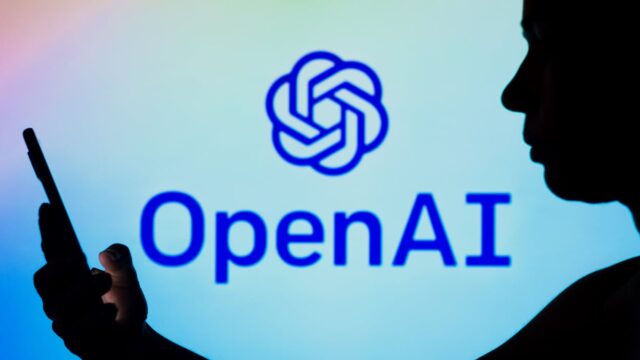
Open AI is the company behind ChatGPT. The artificial intelligence research organization Open AI aims to develop a secure and valuable AI system. The business previously gained notoriety for its GPT-3 technology, which can create writing that appears to have been authored by a person, and DALL-E (a generative AI tool), which generates AI art and digital visuals from descriptions in natural language.
How Does ChatGPT Function?
Now that you know what ChatGPT is, let’s investigate how it functions. ChatGPT is a large language model built on GPT3 and GPT 3.5. This AI application applies machine learning methods to a vast corpus of text in order to respond to user queries in a surprisingly human-like way. OpenAI asserts that ChatGPT develops its capabilities through reinforcement learning, which depends on user feedback. To interact with the model while assuming the roles of both a user and a chatbot, the business uses human AI trainers. To reinforce human-like conversational approaches, trainers grade the quality of ChatGPT’s responses by comparing them to human reactions.
Uses of ChatGPT
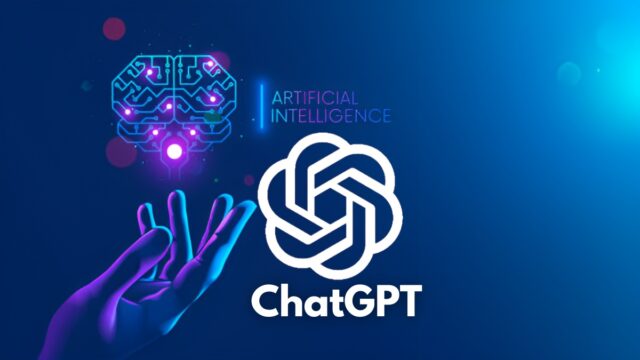
In addition to responding to human inquiries, ChatGPT can be used for the following things:
Makes Content
Since ChatGPT can easily write content based on a prompt, users can use it to do so. As an example, the AI tool can produce a song in response to a user request. In addition, ChatGPT can help individuals improve their writing and accomplish their literary goals.
Create AI Artwork
AI art generators have been at the forefront of producing beautiful images since DALLE-2, Midjourney, and other artistic AI technologies were released. Moving forward, ChatGPT from OpenAI has much potential for creating intricate Augmented Reality (AR) situations when instructed.
Build Code and Test It
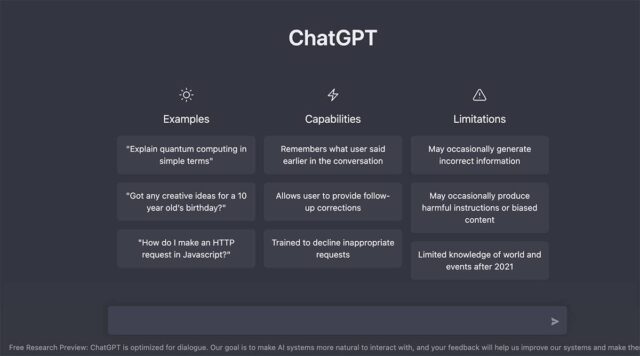
Code may be processed, written, and debugged with the aid of ChatGPT. For instance, it can be used to make SQL queries. Using ChatGPT to develop your SQL abilities will help you succeed in your career since data scientists require a solid understanding of SQL.
Data Organization
Because unstructured data is difficult to manage, arrange, and sort, it is redundant. ChatGPT comes to the rescue by using data manipulation to turn unstructured data into structured information. The tool can, for instance, add data to tables, generate indexes, and understand JSON searches.
Instruct
How effectively ChatGPT explains language, code, and even physics is fascinating. Students’ engagement with the outside world may drastically change as ChatGPT’s AI tutor capabilities advance and are honed in the following years. As a result, ChatGPT will have a significant impact on the educational technology sector as well. Many ed-tech businesses can now provide a subject’s fundamentals while utilizing ChatGPT to give students a place to ask questions and get their worries cleared.
Constraints of ChatGPT

With so many benefits, ChatGPT has a few limitations, which are the following:
- False Answers. ChatGPT is continually trained to improve answer accuracy. But because it’s a new technology, the model still needs to receive more instruction. As a result, the AI chatbot might give inaccurate information.
- Issues with bias and restrictions on training data. ChatGPT’s training data has limits, just like many AI models. The data’s bias and the training data constraints might have a detrimental effect on the model’s output. When guiding minority data categories, ChatGPT displays bias. Increasing the data transparency of the models is essential to reducing the propensity of this technology.
Try ChatGPT Cost-free
Try it out for yourself to get a better idea of its abilities. It costs nothing; all you have to do is create an account and submit a query. You may ask it to write anything for you, in any style, including business taglines, essays, research papers, software code, song lyrics about your dog, and poems using your child’s name. If you don’t like the initial response, it quickly types out further ones in the same thread. On November 30, 2022, ChatGPT was released as a prototype. More than a million people have started using it in just five days.

